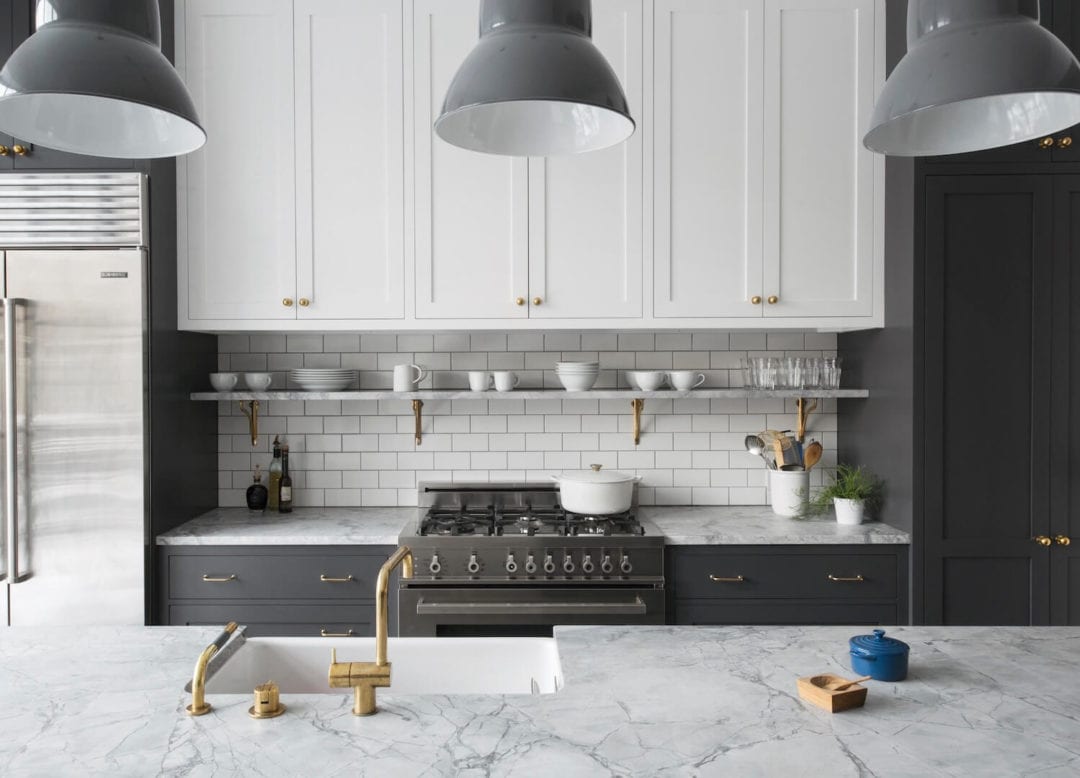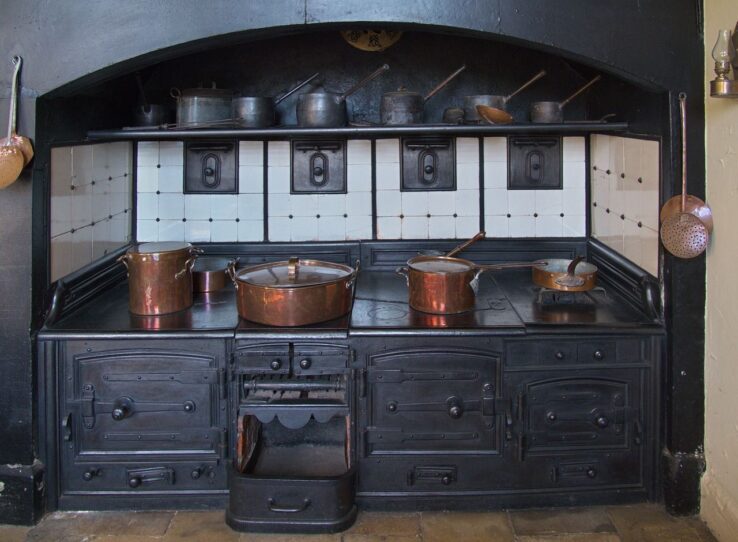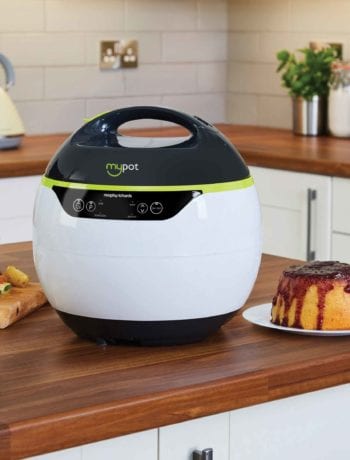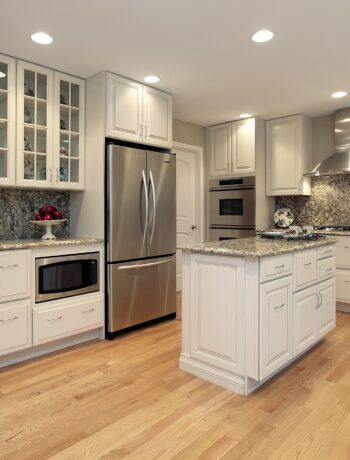Navigating the sea of options when choosing a kitchen range can feel like an overwhelming endeavor. There’s a myriad of features, designs, and technologies that add layers of complexity to your decision. However, this comprehensive guide aims to streamline your journey, giving you a clear pathway to finding the perfect range for your kitchen.
Understanding the Basics of a Kitchen Range
A kitchen range (commonly referred to as a stove or oven) is a versatile appliance that combines a cooktop and an oven into one integrated unit. It is pivotal in cooking, baking, roasting, and grilling, essentially making it the heart of the kitchen. Ranges come in various styles, sizes, and types, each with its own set of features and specifications to cater to diverse cooking needs and kitchen layouts.
Types of Kitchen Ranges
Kitchen ranges can be categorized broadly into four types:
Freestanding Ranges: These are the most common types of ranges. They’re designed with finished sides, allowing them to stand alone or fit between cabinets.
Slide-in Ranges: These ranges fit between cabinets for a seamless look, their cooktops overlapping the countertop to eliminate gaps.
Drop-in Ranges: Similar to slide-in ranges, they fit between cabinets but sit on a cabinet base instead of the floor.
Professional Ranges: These commercial ranges mimic those found in professional kitchens, boasting high-BTU burners and professional-grade features. If you still do not have ideas for your Range, you can get the best advice tailored to your budget from industry experts such as Kitchenall.
Factors to Consider when Choosing a Kitchen Range
Aiming for the best range that suits your kitchen requires considering several key aspects. These will determine the range’s performance, aesthetics, and suitability for your cooking style and kitchen design.
Size and Configuration
Kitchen ranges typically come in standard widths of 24, 30, 36, 48, and 60 inches. The right size for you will hinge on your kitchen space and cooking needs. It’s also crucial to consider the number and arrangement of burners on the cooktop, as well as whether you prefer a single or double oven configuration.
Fuel Type
There are three main types of fuel sources:
Gas Ranges: They provide instant heat and precise control over cooking temperatures. Perfect for those who prefer traditional cooking methods.
Electric Ranges: Known for their even heat distribution in the oven, making them ideal for baking.
Dual Fuel Ranges: These combine a gas cooktop and an electric oven, providing the benefits of both fuel types.
Features and Technology
Modern ranges come equipped with advanced features and technologies that enhance cooking efficiency and convenience. Some of these may include:
Convection ovens for faster, more even baking and roasting.
Self-cleaning capabilities for easy maintenance.
Induction cooktops for quick, efficient heating with superior temperature control.
Smart connectivity for remote control and monitoring.
How to Match Your Cooking Style with a Range
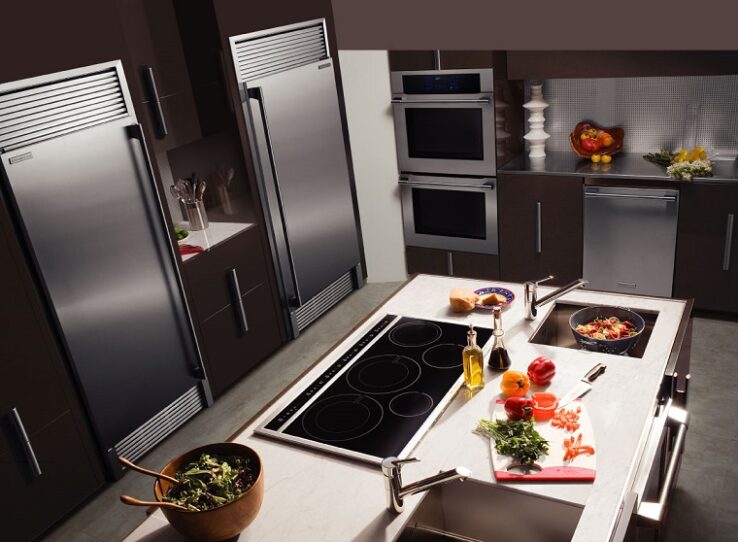
Source: uakc.net
The best range is one that complements and enhances your cooking style. If you’re a professional chef or an enthusiastic home cook who loves experimenting with different culinary techniques, a range with more features, such as a convection oven or an induction cooktop, might be a good fit. On the other hand, if you’re more of a casual cook, a basic gas or electric range with straightforward controls would be a suitable choice.
Cooking Frequency and Capacity
For individuals who cook regularly or in larger quantities, a range with a spacious oven and multiple burners on the cooktop is beneficial. Double oven ranges come in handy for preparing multiple dishes simultaneously, whereas an additional warming drawer keeps food hot without overcooking it.
Specialized Cooking Methods
If you frequently employ specific cooking methods like stir-frying or simmering delicate sauces, look for a range that caters to these needs. For instance, a range with a high-BTU burner is perfect for high-heat cooking, whereas one with a low-BTU simmer burner is ideal for delicate cooking tasks.
Considering Budget and Energy Efficiency
Ranges can vary significantly in price depending on their size, type, and features. It’s crucial to balance between your needs and your budget. Apart from the initial cost, consider the operating cost as well.Gas ranges, for instance, are typically cheaper to operate than electric ones due to the lower cost of natural gas compared to electricity.
Energy-efficient ranges not only reduce your utility bills but also contribute to environmental conservation. Look for ranges with the Energy Star rating, which signifies that the appliance meets the energy efficiency standards set by the U.S. Environmental Protection Agency.
Importance of Aesthetics and Kitchen Layout
Finally, the range should align with your kitchen’s aesthetic and layout. Consider the color and finish of the range — stainless steel ranges offer a modern look, while colored ones can add a pop of personality.
As for the layout, take note of where your gas or electrical connections are located. Remember to account for the range’s size and style (freestanding, slide-in, or drop-in) to ensure it fits seamlessly into your kitchen.
Conclusion
Choosing the perfect range for your kitchen is a significant decision that requires careful consideration. It’s not just about cooking; it’s about creating a space that feels like home. Your range should not only cater to your cooking style and capacity but also fit well within your budget, be energy efficient, and seamlessly blend into your kitchen aesthetics. As long as you keep these factors in mind, you’re well on your way to finding a range that is not only a kitchen appliance but a tool to create culinary magic.

